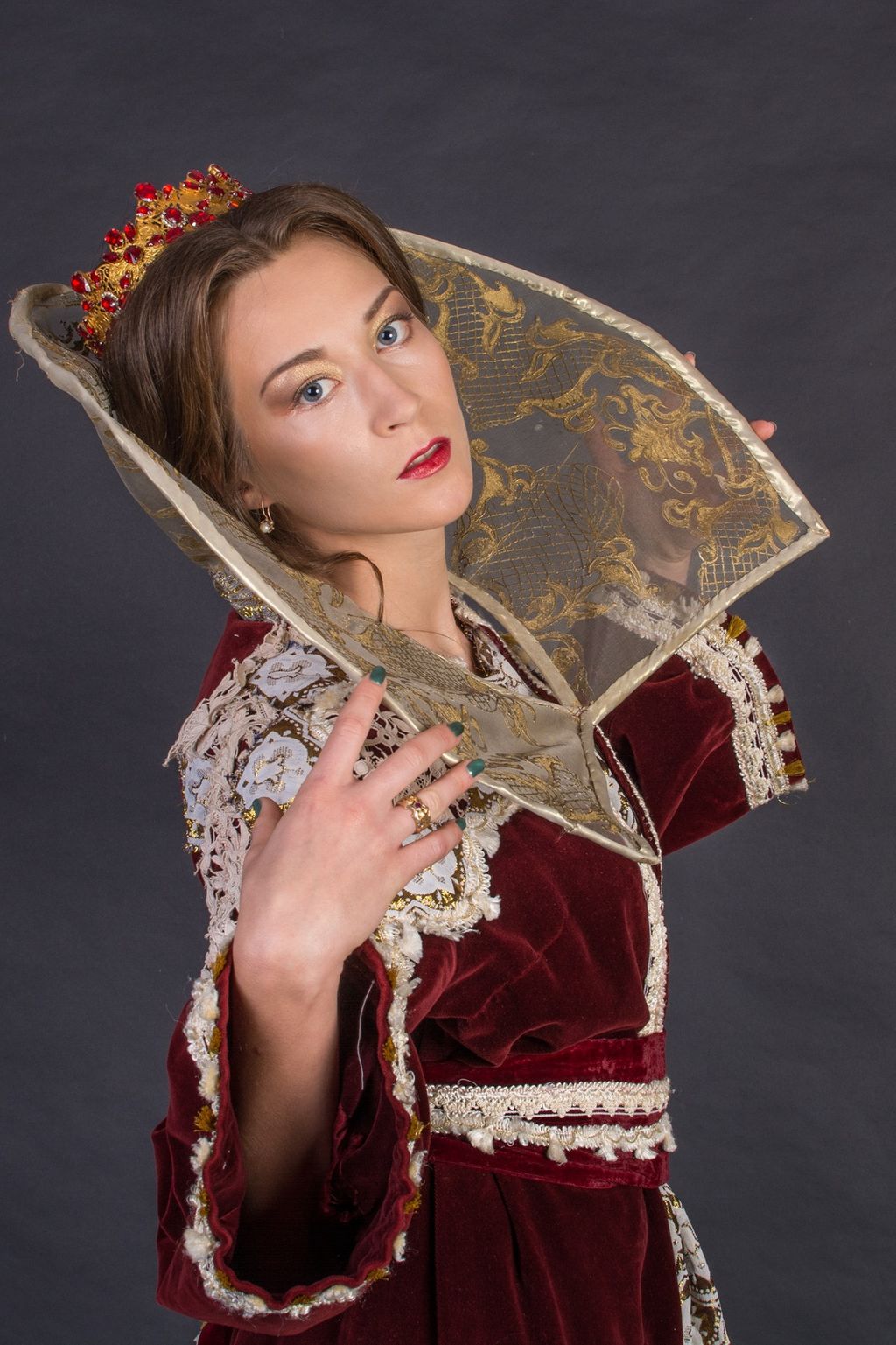Fashion Industrialization Timeline
Jun 20, 2019 • 31 views
What has been The Impact of Industrialization on Fashion today? There is no historical record of the name of the first woman to drape herself alluringly in the skin of an ancient beast, but she seems to have started something. Humans have been adorning themselves with clothing, paint, jewelry, and fabric ever since. She wanted to make a statement.
It is self-evident that until modern times all clothing was made from natural products. The skins of animals, their hair and wool were used. Plant elements like linen, cotton, and silk have also been available to humans for millennia.
The prehistoric artists pulled their materials into a corner and went to work with their pots of pigment, dye, and paint, printing early art forms. A few quills, a few feathers, and a few shells later, fashion was born. Early garments were typically made from rectangles that were draped and tied, held together with pins, or roughly sewn with needle and sinew.
The Skills needed for making and embellishing materials were several steps ahead of construction techniques. The early technicians learned to spin fiber, then weave or knit it into a fabric. It wasn’t until the 14th century that the use of curved seams finally gave clothing a more fitted look. Buttons and laces which came later provided more sophisticated closures.

Early Fashion
Clothing and fabric cloth continued to be almost exclusively handmade by individuals for their own use until the Industrial Revolution.In the 1700s, the lower classes made durable fabric clothing out of homespun fibers. They had neither time nor money to waste. Garments were patched, resized, remade and handed down until there was nothing left to use.
The upper classes had access to luxurious importedfabric, intricateadornmentsand the labor of skilled artisans. Fashions became ostentatious, with hoops, wires and stays for the women and matching three-piece suits for the men.
The fabric corset was part of a woman’s wardrobe during the 1700s, but it was rather practical. It provided back support and gave the breasts a cheeky lift. It didn’t interfere with breathing or comfort of the fabric at that time.
A number of interesting developments occurred in the world of fashion in the late 1800s.Corsetstook on their familiar tightly laced hourglass shape, and mass-produced versions began to arrive in the stores.
At the same time, though, women began to be sporty. Their newfound interest in sports did not mesh well with tight fabric undergarments. Lighter and more flexible fabrics were needed.
The Arrival of Haute Couture
Haute couture made the biggest splash in the fashion pool of the 1800s. Introduced by Charles F. Worth, haute couture was born in Paris. Worth was the first to show a collection on live models, allowing private clients to choose a style and have it custom made to suit their bodies and their tastes.
This sort of handmade,bespokeclothing with unique adornments,custom fabric, and impeccable quality is still the standard of luxury today.
Fashion Today
As fashion has continued to evolve into the 21st century, discussions of quality and craftsmanship have come to the fore. In the past, almost every woman owned a sewing machine and knew how to use it.
Recently, we have also seen a return of a timeless style. Women are again beginning to value quality over quantity. Some search for vintagecouturein resale shops, some are learning to sew, and some are seeking out skilled tailors and seamstresses forbespokeapparel.
A few pieces, such as an embellished evening wrap, a tailored wool jacket or a perfectly fitted corset, will always have a place in any woman’s wardrobe. Classic garments are worth the investment and custom tailoring comes with high-quality fabrics and skilled construction.
Inexpensively manufactured clothing has its place.But the firm fabric, soft linings, finished seams and exquisite fit of bespoke garments have undeniable superiority.
